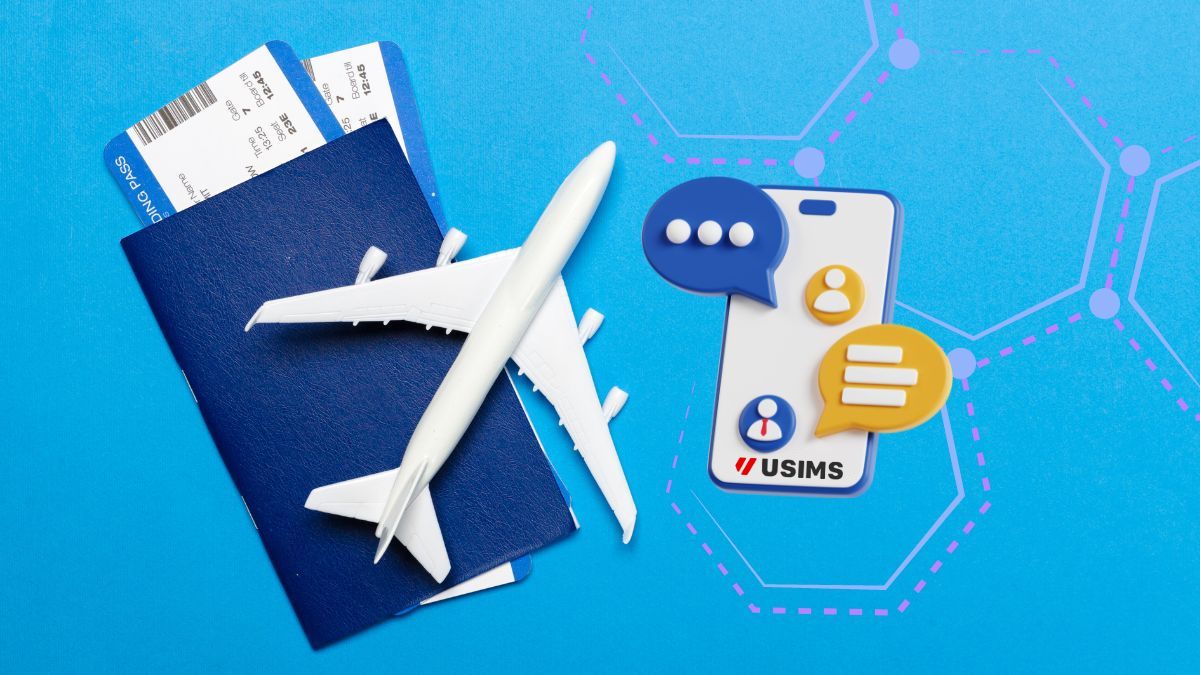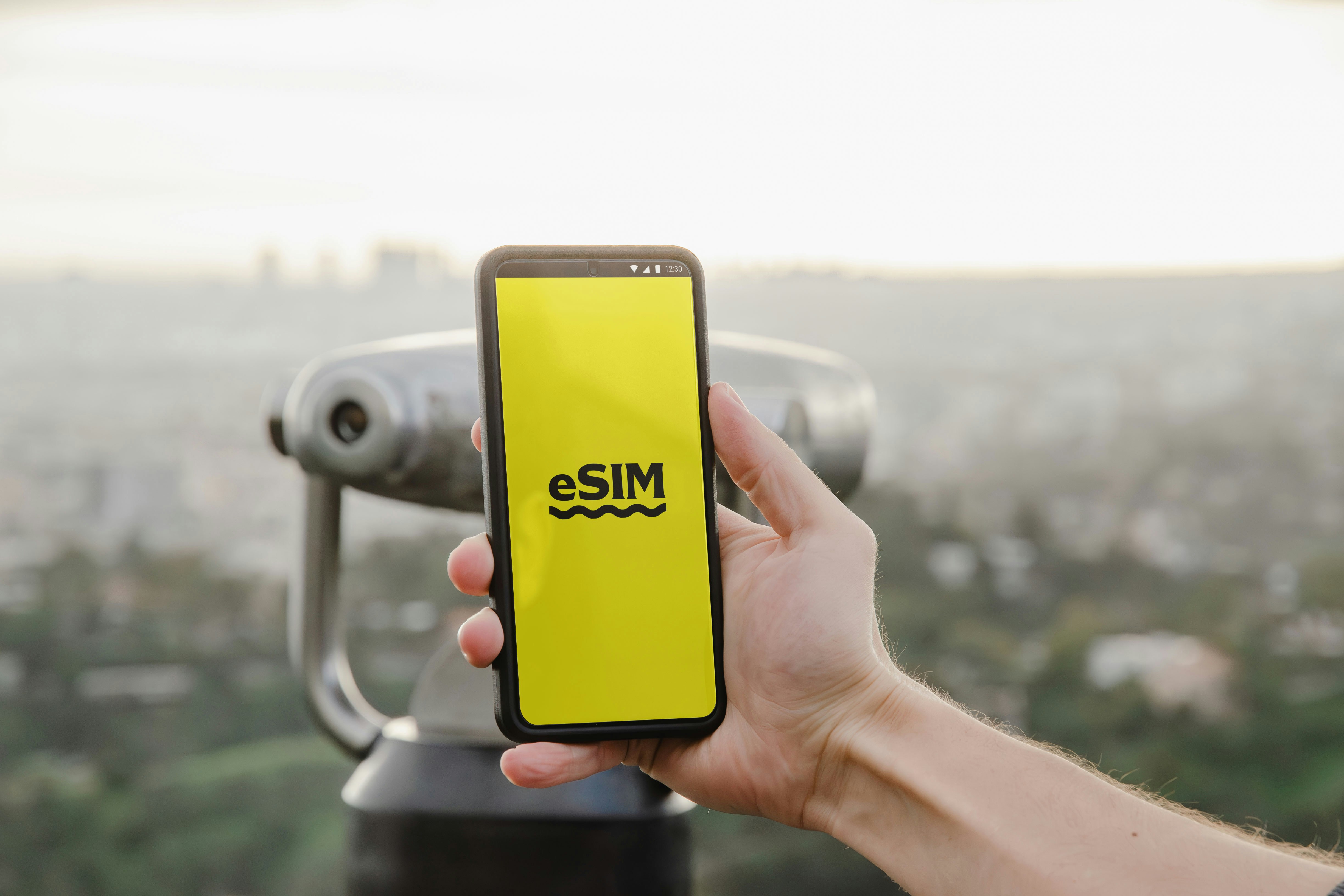The humble SIM card has been the key to mobile connectivity since the 1990s. In 2025, embedded SIMs (eSIMs)—tiny chips soldered directly inside your phone or tablet—are rewriting the rulebook. They let you install a mobile plan by scanning a QR code, stack multiple plans at once, and hop between carriers in minutes.
Physical SIMs remain the default for budget handsets and rural carriers, but their market share is shrinking each year. Understanding the trade‑offs helps you choose the right tech before your next international trip—or your next phone upgrade.
TL;DR – Quick Verdict
For most travelers and digital‑first users, eSIMs win on speed, flexibility, and long‑term savings. Physical SIMs still have a place for legacy devices and remote regions—but the gap is closing fast.
Side‑by‑Side Comparison
| Feature | eSIM | Physical SIM |
|---|---|---|
| Activation Time | < 2 minutes via QR/app | 10–30 min store visit or SIM delivery |
| Switching Carriers | Remote profile download; keep multiple profiles active | Swap cards; 1 profile per SIM |
| Device Limit | Up to 8 profiles on many 2024+ phones | 1 per slot (usually 1–2 slots) |
| Roaming Fees | Avoided by buying local eSIMs | Frequent unless you buy local SIM in each country |
| Cost | Often cheaper via prepaid data packs; no shipping | $1–10 per card + mark‑ups |
| Security | Can’t be physically stolen; remote wipe | Vulnerable to SIM swap theft |
| Environmental Impact | Plastic‑free, no shipping | Plastic waste + logistics CO₂ |
| Best For | Frequent travelers, dual‑SIM users, early adopters | Legacy devices, extreme backcountry, carrier‑locked phones |
Need a data plan? Check our international eSIM plans starting at $4.95.
Compatibility & Device Support
- 95 % of flagship phones sold in 2024 ship eSIM‑ready. Apple made the iPhone 14 eSIM‑only in the U.S., and Samsung, Google, and Xiaomi followed with dual‑eSIM capability.
- Budget & rugged devices may still rely on physical SIMs; check the USIMS compatibility list or enter your IMEI in our free checker.
- Tablets & wearables: iPad Pro, Pixel Tablet, Apple Watch 9, and dozens of smartwatches now support carrier‑independent eSIM provisioning.
Pro Tip: If your phone supports dual‑active eSIM, you can run a local data plan and keep your home number active for SMS.
Coverage & Performance
eSIMs use the same core networks as physical SIMs—the difference is provisioning, not towers.
| Region | eSIM Coverage via USIMS | Physical SIM Alternative |
| North America | 99 % LTE / 5G | Identical (AT&T, T‑Mobile) |
| Europe | 98 % LTE / 5G across 30+ carriers | Identical—but you’d need a new SIM in each country |
| Southeast Asia | 95 % LTE; emerging 5G | Identical |
| Remote Islands | Patchy (satellite hand‑off coming 2026) | Local SIM sometimes better |
Switching from Physical to eSIM: Step‑by‑Step
- Check Device Support
– Dial*#06#to display your IMEI. If “EID” appears, you’re eSIM‑ready. - Back Up Contacts
– If you store contacts on your SIM, export them to phone memory. - Purchase an eSIM Plan
– Pick a USIMS travel package or claim your first 1 GB free data. - Scan QR Code / Install via App
– iOS: Settings → Cellular → Add eSIM → Use QR code.
– Android 14: Network & Internet → SIMs → Download a SIM instead. - Label & Prioritize
– Name it “Japan Trip” or “Work Line”; set default data/SMS. - Remove or Disable Old SIM (optional)
– Keep it as fallback or ditch the plastic entirely.
When a Physical SIM Still Makes Sense
- Legacy Network Gaps: Some rural carriers haven’t rolled out remote provisioning yet.
- Ultra‑Cheap Feature Phones: Sub‑$100 devices rarely include eSIM chips.
- SIM‑Locked Devices: Most carriers will unlock phones after contract, but if yours won’t, you’re stuck.
- Extreme Adventure Travel: Areas with only 2G coverage sometimes sell scratch‑off SIMs for cash.
If any of these apply, see our multi‑carrier physical SIM kit → ships worldwide in 3 days.
Real‑World Use‑Case Scenarios
✈️ Frequent Traveler (30+ days abroad / year)
Pain: Juggling SIM cards, surprise roaming bills.
Why eSIM: Stack local plans for each country, auto‑switch on landing, keep WhatsApp tied to home number.
Savings: Avg. $120 saved on roaming fees per week‑long trip.
💻 Digital Nomad
Pain: Need stable, affordable 5G across borders.
Why eSIM: Buy monthly regional data pack; top‑up online with crypto or PayPal; no mailboxes needed.
📱 Dual‑Number Power User
Pain: Work line + personal phone = pocketful of devices.
Why eSIM: Two active numbers, one handset. Silence work SIM after hours.
👵 Seniors & Kids
Pain: Complexity of swapping tiny cards.
Why eSIM: Remote provisioning means you can activate or suspend lines from the USIMS dashboard.
Try USIMS Today
Ready to ditch the plastic? Grab 1 GB of global data free—just scan the QR code after checkout.
Explore plans →



